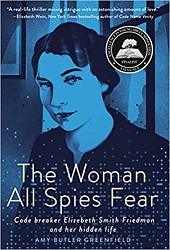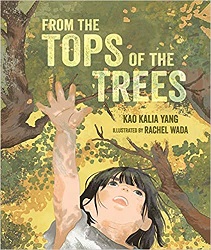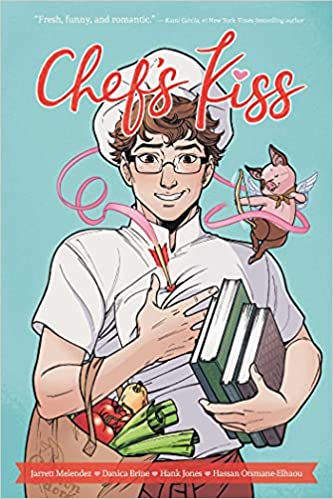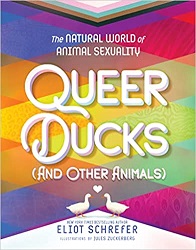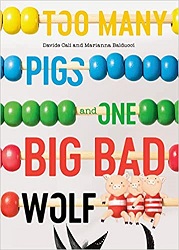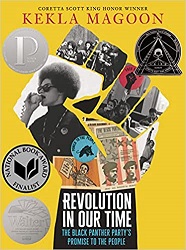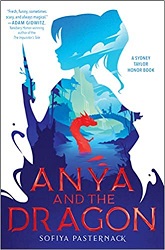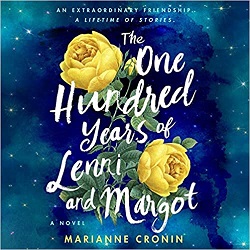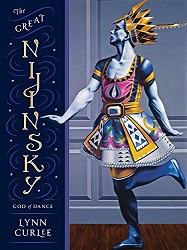Review of When the Angels Left the Old Country, by Sacha Lamb
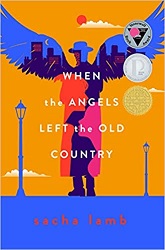 When the Angels Left the Old Country
When the Angels Left the Old Country
by Sacha Lamb
Levine Querido, 2022. 400 pages.
Review written February 24, 2023, from a library book
Starred Review
2023 Michael L. Printz Honor
2023 Sidney Taylor Award Winner, Young Adult
2023 Stonewall Book Award Winner, Young Adult
Oh, this is an amazing book. I read it because of the awards it won, and even with my expectations high, I was blown away.
The story tells of an angel and a demon who are leaving a shtetl in Poland and going to America to check on Essie, the granddaughter of a rabbi in their shtetl whose letters haven’t made it back home. But this book is nothing like what I’d expect from that description. Along the way, they encounter various people preying on Jewish immigrants and defend their people.
Along the way, they also befriend Rose, a girl who’s emigrating to America on her own, after her best friend she thought would go with her had the audacity to marry a man. But Rose takes an interest in Essie and her lovely picture.
This book reminded me of the wonderful book The Golem and the Jinni, by Helene Wecker, with some of the same naivete of the angel in dealing with people. At the same time, this book is very different, surprising, and refreshing. It’s the kind of book I couldn’t resist talking about because it so captivated me.
Here’s the first paragraph:
In the back corner of the little synagogue in the shtetl that was so small and out of the way it was only called Shtetl, there was a table where an angel and a demon had been studying Talmud together for some two hundred years. Indeed, they had been studying in that corner since before the little shul was built, and had been rather startled to look up one day and realize an entire building had sprung up around them.
And on the next page:
Little Ash knew hardly any magic and did not even have the wings with which most adult demons fly from place to place. He had made trouble in the demons’ yeshiva, where they learn their magic, and without completing his studies he had been sent to Poland, where he found he liked it better than at home, as in his father’s palace other demons were always treating him like a child and telling him what to do.
The angel had been sent to Shtetl for a purpose it had now forgotten, and had stayed in Shtetl to hinder the mischievous whims of Little Ash. Like Little Ash, it resembled a human youth; unlike Little Ash, who considered himself to be male, the angel had merely chosen the shape of a man for convenience, as angels have done since the time of Abraham, Our Father. It had never had a bar mitzvah, or a bat mitzvah, or any such ceremony at all, and had never bothered to wish for one.
Its name, of course, changed according to the activity in which it was engaged. At the moment, the angel’s name was Argument.
The argument they’re having at the beginning is that they should follow the young people of Shtetl to America. Little Ash convinces the angel by showing it that doing so would be a mitzvah, finding out what happened to Essie.
Much of the book takes place on the way to America, where they encounter the first unscrupulous person and a spirit not at rest. The angel gets a name when the demon makes him papers, and that changes some things about it.
And I don’t need to tell you all that happens. But it’s an imaginative, wonderfully-spun historical novel about an angel and a demon working together to help people who need help, with much danger to themselves along the way.
Find this review on Sonderbooks at: www.sonderbooks.com/Teens/when_the_angels_left_the_old_country.html
Disclosure: I am an Amazon Affiliate, and will earn a small percentage if you order a book on Amazon after clicking through from my site.
Disclaimer: I am a professional librarian, but the views expressed are solely my own, and in no way represent the official views of my employer or of any committee or group of which I am part.
What did you think of this book?
